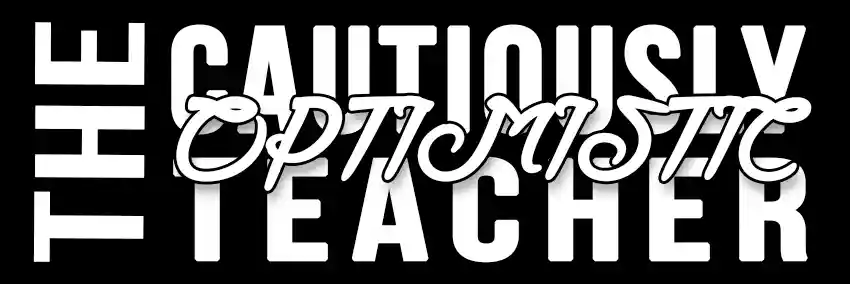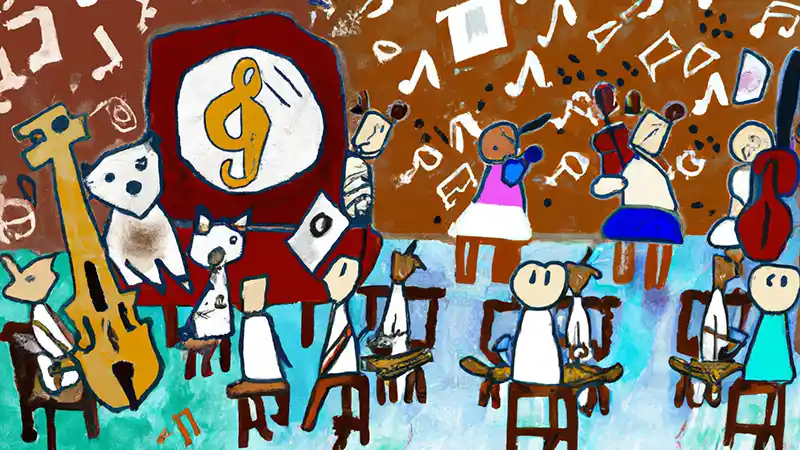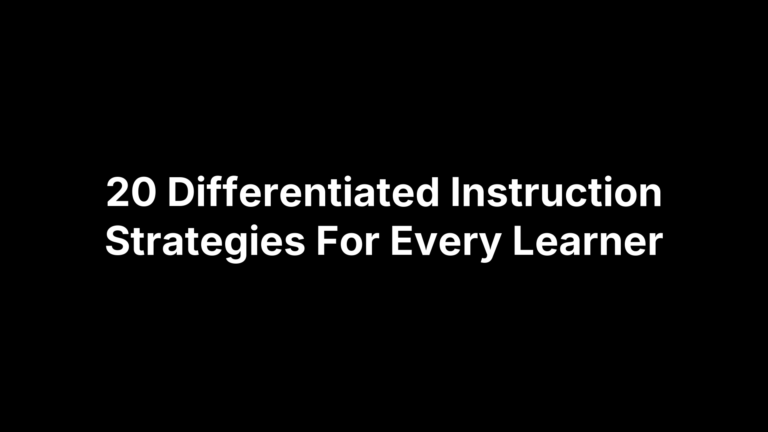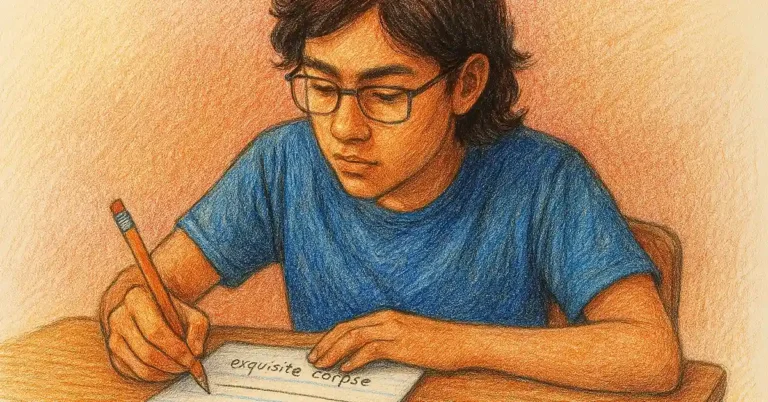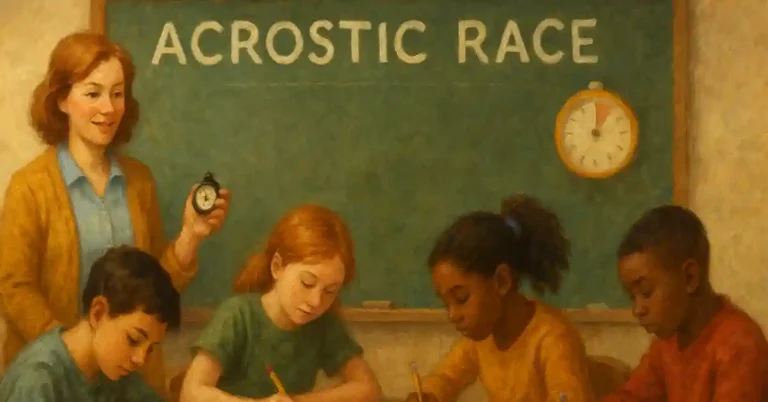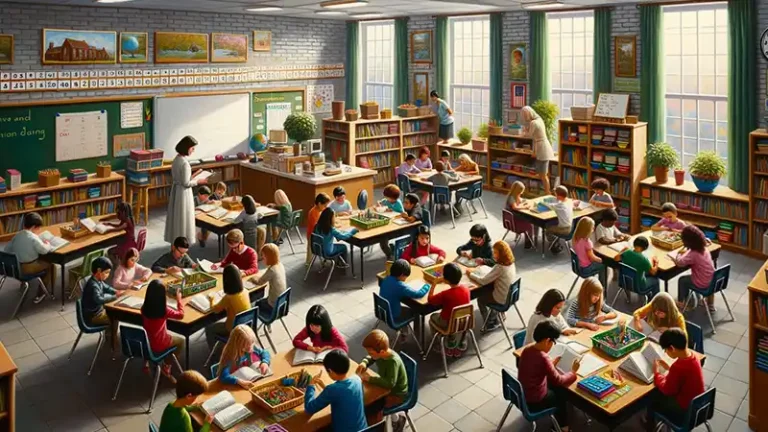Benefits of Differentiated Instruction Learning Stations
Ever been to a buffet where the variety overwhelmed you? That’s what a classroom feels like to students, but instead of dishes, they’re served lessons. Here’s where Differentiated Instruction comes in, acting like a personalized menu. And if we extend this metaphor, Learning Stations are those delectable counters catering to everyone’s unique taste.
Differentiated Instruction, at its core, is a teaching method tailored to the diverse learning needs of our students. Instead of one-size-fits-all, it’s about recognizing the individual strengths, preferences, and challenges of each learner.
On the other hand, Learning Stations are those designated areas in the classroom, each with a specific task or activity that caters to different learning levels or styles. Think of them as mini-classrooms within your main classroom.
The Concept of Differentiated Instruction:
“One size fits all” – Now, isn’t that a myth? Especially in the vibrant world of education! With classrooms filled with unique minds, differentiation isn’t just a buzzword; it’s an absolute necessity.
Why Differentiation is Vital in Today’s Classroom:
Back when I started teaching, the conventional wisdom was to deliver the same content, in the same way, to everyone. But as time passed, I realized I was doing a disservice to my students. Some would grasp concepts quickly, others would struggle, and a few would simply lose interest. Differentiated Instruction emerged as the superhero, the answer to this. It ensures that every student, regardless of their starting point, is given the best chance to grow and succeed. It’s all about equity over equality.
Catering to Diverse Learning Needs:
Picture this: Maria, an auditory learner, prefers lectures and discussions, while Jack thrives on visual aids like charts and infographics. Then there’s Liam, who learns best by doing and touching. In a traditional setting, at least one of them is likely to be left behind. But when we embrace differentiation, we’re saying, “I see you. I understand your needs. And I’m here to support you.” Differentiated Instruction allows us to plan lessons that cater to visual, auditory, kinesthetic learners and everyone in between.
What are Learning Stations?
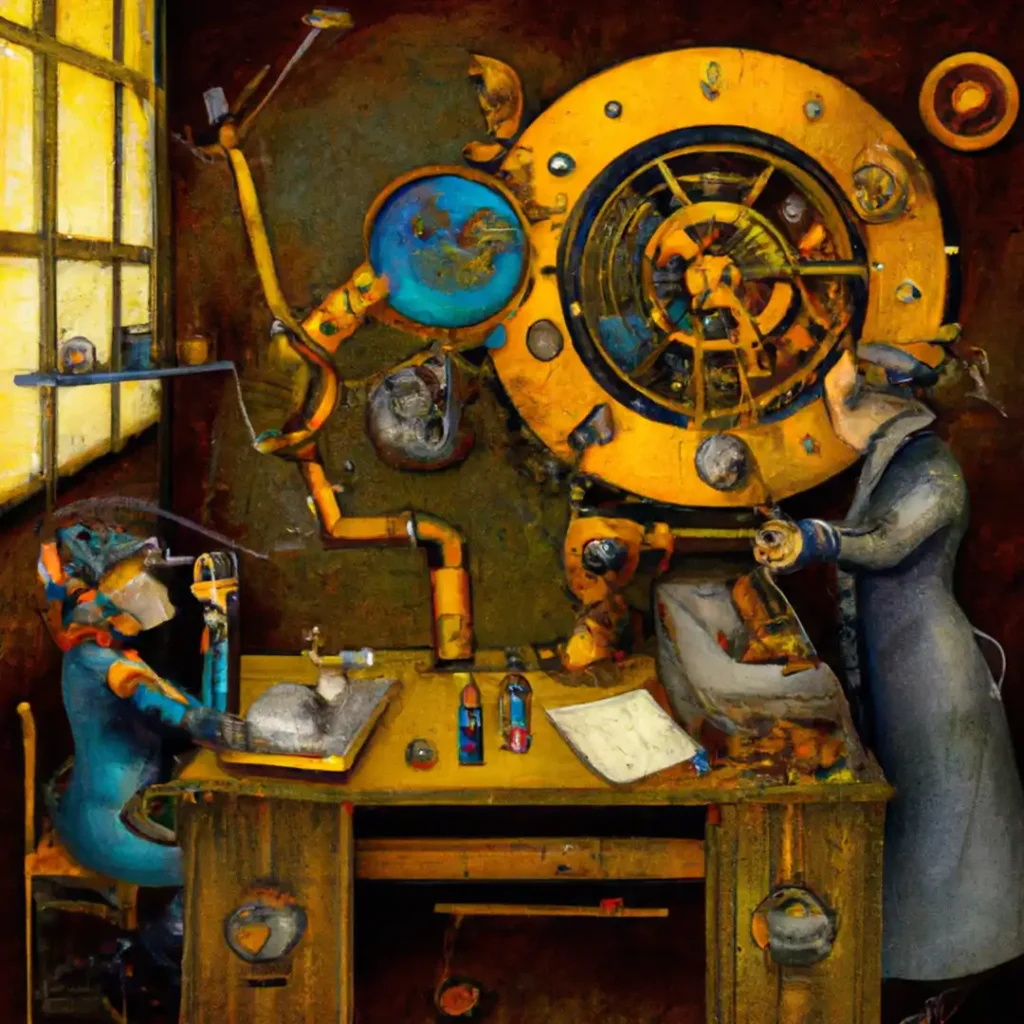
Imagine walking into a museum. Every room offers a different exhibit, each capturing your attention in its own unique way. Similarly, envision a classroom where every corner, every nook, is a realm of exploration and discovery. This is not some futuristic vision; it’s the dynamic environment created by Learning Stations.
Overview and Characteristics:
At their core, Learning Stations are akin to micro-environments within the classroom. Each one is curated to cater to different learning styles, offering students a personalized pathway to grasp concepts. Let’s delve deeper into what makes them so special:
Diversity: Just as a garden thrives with a variety of flowers, a classroom flourishes when activities cater to the diverse needs of its students.
Example: In a history lesson on ancient civilizations, one station might offer a VR experience of walking through ancient Rome, while another has a hands-on archaeological dig kit for students to sift through.
Rotation: The beauty of rotation lies in its ability to offer a fresh perspective continuously. It ensures that every student gets to experience and benefit from each station.
Example: In a 60-minute class, students might spend 15 minutes at each of 4 different stations. This keeps them engaged and ensures they experience varied activities.
Independence: Promoting self-directed learning is crucial for developing critical thinking and decision-making skills. While the safety net of guidance is present, stations are designed to foster independence.
Example: A math station might offer puzzles with varying levels of difficulty. Students choose which ones to attempt based on their self-assessment of their skills.
Flexibility: One of the standout features of Learning Stations is their adaptability. Whether you’re teaching art or algebra, these stations can be molded to fit the subject and the unique requirements of your students.
Example: In a literature class, a station focused on Shakespeare’s plays might have students enacting scenes one week, and the next, it could transform into a sonnet analysis hub.
Benefits of Using Learning Stations in Differentiated Instruction
Personalized Learning Experiences
Tailored Tasks for Different Abilities: As a teacher, I’ve witnessed firsthand how stations allow for tasks tailored to varied abilities, ensuring every student is both challenged and supported.
Encouraging Student Autonomy: With clear instructions at each station, students often take charge of their own learning, fostering a sense of responsibility.
Engagement and Motivation
Interactive and Hands-on Activities: The tactile, visual, or auditory nature of tasks at these stations can rekindle the curiosity even in the most disengaged student.
Reducing Classroom Monotony: Rotating between stations keeps the energy fresh. Gone are the days of monotonous hour-long lectures!
Flexible Pacing
Letting Students Progress at Their Own Speed: While some may breeze through one station, they might take longer at another. And that’s perfectly okay. Every child learns at their own pace.
Immediate Feedback Mechanisms: With activities often being self-corrective, students get instant feedback, allowing them to understand and rectify mistakes then and there.
Enhanced Collaboration
Group-based Learning Opportunities: Stations often promote group activities, teaching students teamwork and collaborative problem-solving.
Encouraging Peer-assisted Learning: It’s heartwarming to see students teach each other, reinforcing their understanding and boosting confidence.
Effective Assessment
Continual Monitoring of Student Progress: With stations, it becomes easier to walk around and gauge each student’s progress, offering insights that standard tests often overlook.
Facilitating Immediate Interventions: If a student struggles, it becomes immediately evident, allowing for on-the-spot guidance and support.
Setting up Effective Learning Stations
The magic of Learning Stations lies not just in their existence but in their effective execution. Setting up these stations might seem like a daunting task, but with a few tips and an understanding of potential challenges, it becomes a breeze.
Tips for Success

Start Simple: If you’re new to this, begin with just a couple of stations and gradually expand as you grow in confidence.
Clear Instructions: Each station should have lucid instructions. Using visuals or flowcharts can further simplify the process for students.
Variety is Key: Ensure the activities cater to different learning styles—visual, auditory, kinesthetic, and more.
Rotate Regularly: Change up the activities to keep the content fresh and engaging.
Time Management: Use timers to help students transition smoothly from one station to another.
Feedback Loop: Create a system for students to leave feedback. This helps in refining the activities for future sessions.
Common Challenges and Solutions:
Overwhelm: Especially for first-timers, managing multiple stations might feel chaotic.
Solution: Start with fewer stations and gradually add more as you get comfortable.
Uneven Pacing Between Students: Some students might finish early while others may lag.
Solution: Include extension tasks for faster students and provide peer support or additional resources for those needing more time.
Resource Constraints: Not all schools or classrooms have the luxury of diverse resources.
Solution: Be creative! Many stations can be created using minimal and recycled materials. Collaborate with fellow teachers to share and swap resources.
Conclusion
Every day in the classroom, I’m reminded of a simple truth: no two students are the same. Their dreams, aspirations, strengths, and challenges are as varied as the colors of a rainbow. And just as you wouldn’t use a single color to paint a masterpiece, you wouldn’t use a singular teaching approach for all. This is the essence and importance of Differentiated Instruction.
Learning Stations, in this context, are more than just a tool—they’re a philosophy, a testament to our commitment to recognizing and nurturing the unique potential in every child.
As we continue to strive for an inclusive and dynamic educational landscape, I urge my fellow educators to embrace the transformative power of Learning Stations. Let’s step beyond the traditional, venture into the innovative, and in the process, craft a brighter, more colorful future for our students.
Resources
“Differentiation in Action: A Complete Resource With Research-Supported Strategies to Help You Plan and Organize Differentiated Instruction and Achieve…” by Judith Dodge.
The Teachers’ Blog AI Differentiated Instruction Creator, to help differentiate your lessons.
